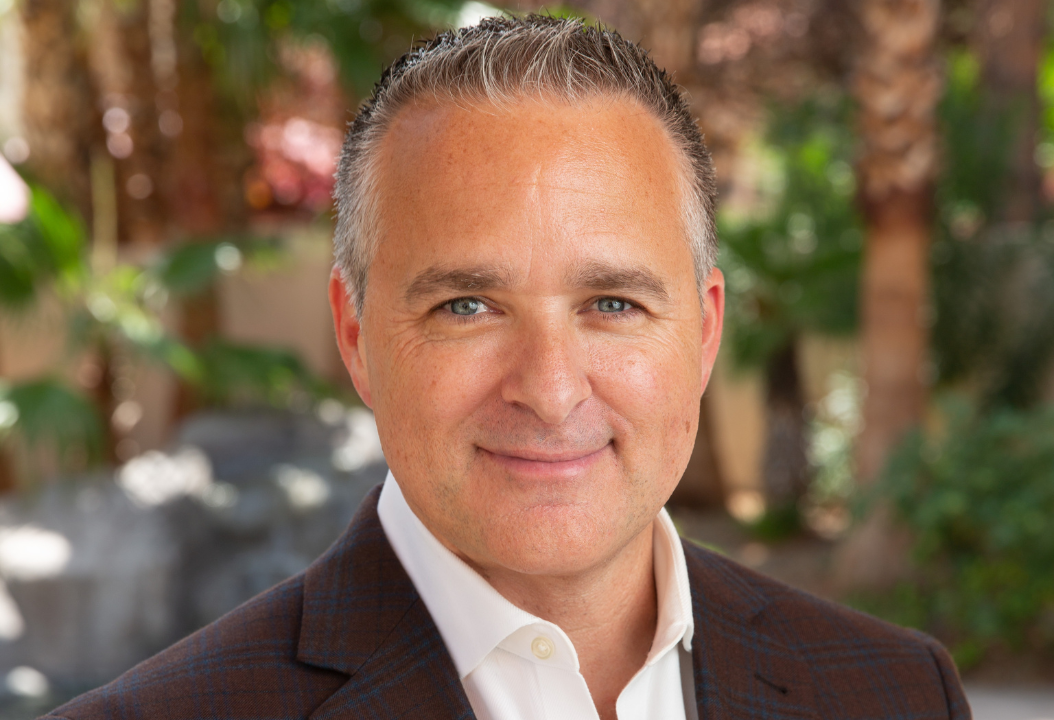This article is written by PNC Chief Economist Gus Faucher.
- Real GDP growth in the second quarter was revised lower, to 2.1% annualized, from 2.4% in the previous estimate.
- Corporate profits fell for a third straight quarter, although the decline was more modest.
- Real gross domestic income growth in the second quarter was weaker than GDP growth, at 0.5% annualized. This followed declines in the two previous quarters.
- Weaker growth in real GDI, relative to GDP, may be an indication that tighter monetary policy is weighing on the US economy.
Real GDP was revised slightly lower in the second quarter of 2023, according to the second estimate from the Bureau of Economic Analysis. Annualized growth was 2.1% in the second quarter, revised lower from 2.4% in the advance estimate. There were downward revisions to investment inventories and business fixed investment, partially offset by an upward revision to state and local government spending. A solid increase in consumer spending and a big increase in business fixed investment drove overall GDP growth in the second quarter.
Corporate profits fell 0.4% in the second quarter from the first (unannualized, not adjusted for inflation). This was the third straight quarterly decline in profits, although the drop was smaller than in the two preceding quarters. Profits from domestic industries declined, although profits from abroad were up. There was a big drop in domestic financial profits, much of that coming from the Federal Reserve, with a smaller increase in domestic non-financial profits.
Real gross domestic income—an alternative inflation-adjusted measure of the size of the economy, based on income going to households and businesses from economic activity—rose a modest 0.5% annualized in the second quarter of 2023. Real GDI fell in the two previous quarters. GDI is not reported in the advance estimate.
Real GDP and real GDI have been telling different stories recently. Real GDP growth has been solid, with consumer spending the big driver, and a drag from housing due to higher mortgage rates. Real GDI growth has been weaker, although still positive over the past year. Taken together, they show an economy that is expanding at close to its long-run potential rate. This may indicate that tighter monetary policy from the Federal Reserve has been more effective in slowing growth than the real GDP numbers taken alone might show. The real test of the effectiveness of monetary policy will come from the labor market. Job growth has slowed this year, but the labor market remains too tight for the Fed. The central bank would like to see job growth slow to a pace more consistent with underlying growth in the labor force, and weaker wage growth, to reduce inflationary pressures in the US economy. PNC expects job gains of 150,000 when the Bureau of Labor Statistics releases the jobs report for August on Friday, with the unemployment rate unchanged at 3.5%.
On a year-over-year basis real GDP growth was 2.5% in the second quarter, while real GDI growth was 0.5%. The US economy continues to expand in 2023, with the pace of growth slowing from earlier in the recovery from the pandemic.
Demand was still strong in the second quarter, with final sales of domestic product—GDP minus the change in inventories, which measures demand (both domestic and foreign) for US-produced goods and services—up 2.2% annualized, compared to 2.3% in the advance estimate.
There were also modest downward revisions to inflation in the second quarter. Annualized inflation, measured using the personal consumption expenditures price index, was 2.5% in the second estimate, down from 2.6% in the advance estimate. The core PCE price index, which excludes food and energy and is the Federal Reserve’s preferred inflation measure, was up 3.7% in the second estimate for the quarter, down from 3.8% in the advance estimate. This does not change the overall picture much, however; inflation remains far above the central bank’s 2% objective, and the Fed will maintain restrictive monetary policy in the near term, although PNC does not expect the Federal Open Market Committee to raise the federal funds rate when it meets in a few weeks.
About the author: Prior to joining PNC in December 2011, Faucher worked for 10 years at Moody’s Analytics, where he was a director and senior economist. Previously, he worked for six years at the U.S. Treasury Department, and taught at the University of Illinois at Urbana-Champaign. He serves on the board of directors of The Economic Club of Pittsburgh - the local chapter of National Association of Business Economics (NABE). He is also co-chair of the Financial Roundtable of NABE. Faucher earned a Ph.D. in economics from the University of Pennsylvania and a B. A. in economics from Cornell University.









